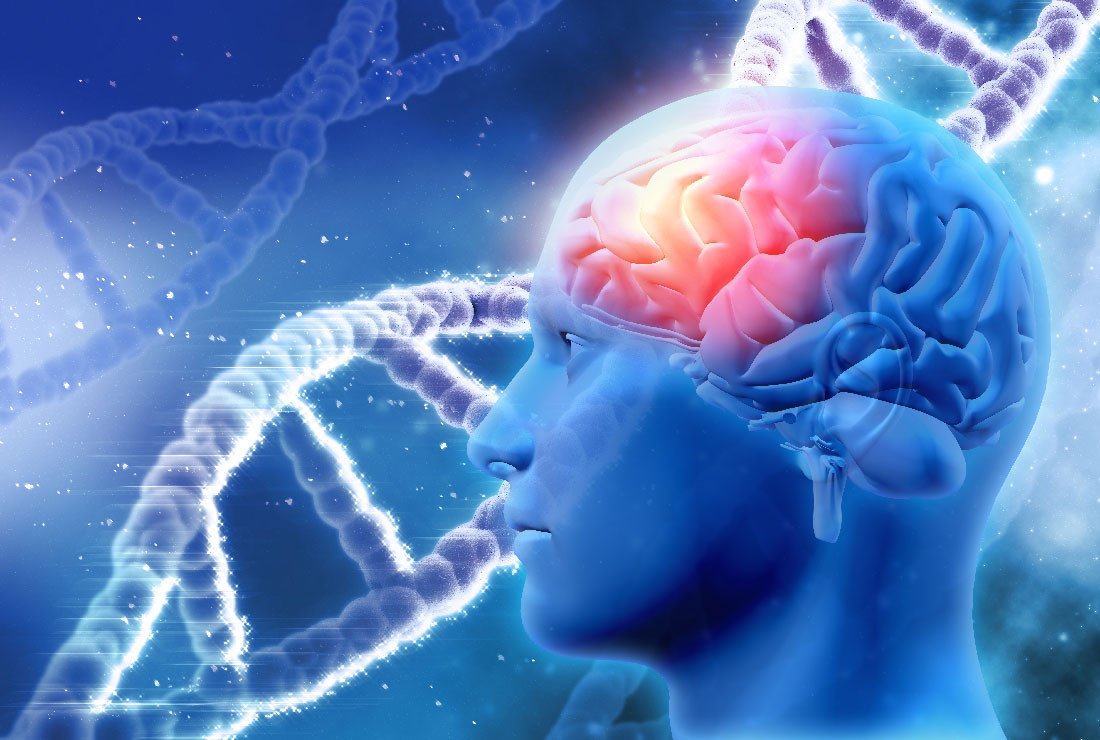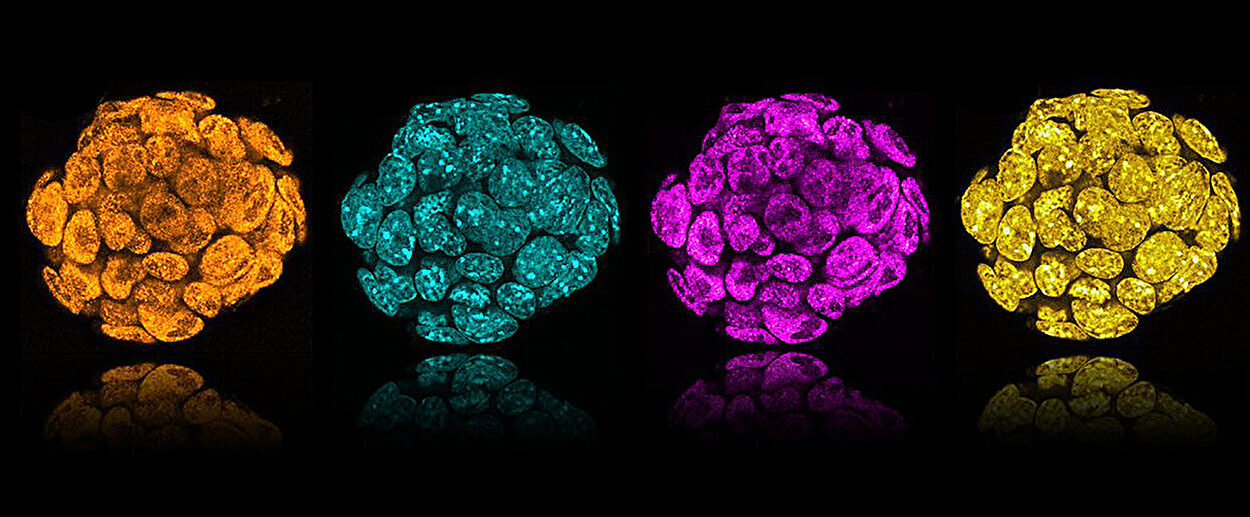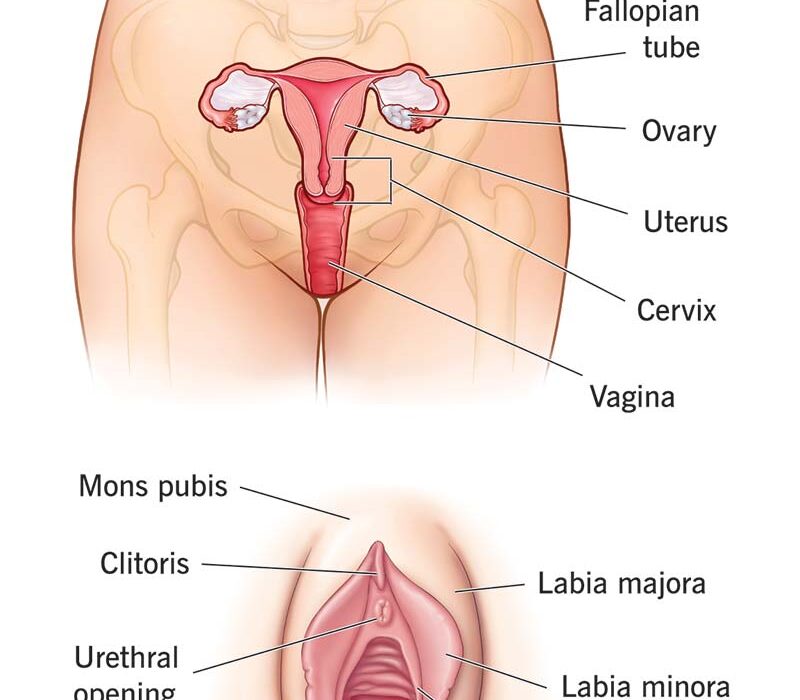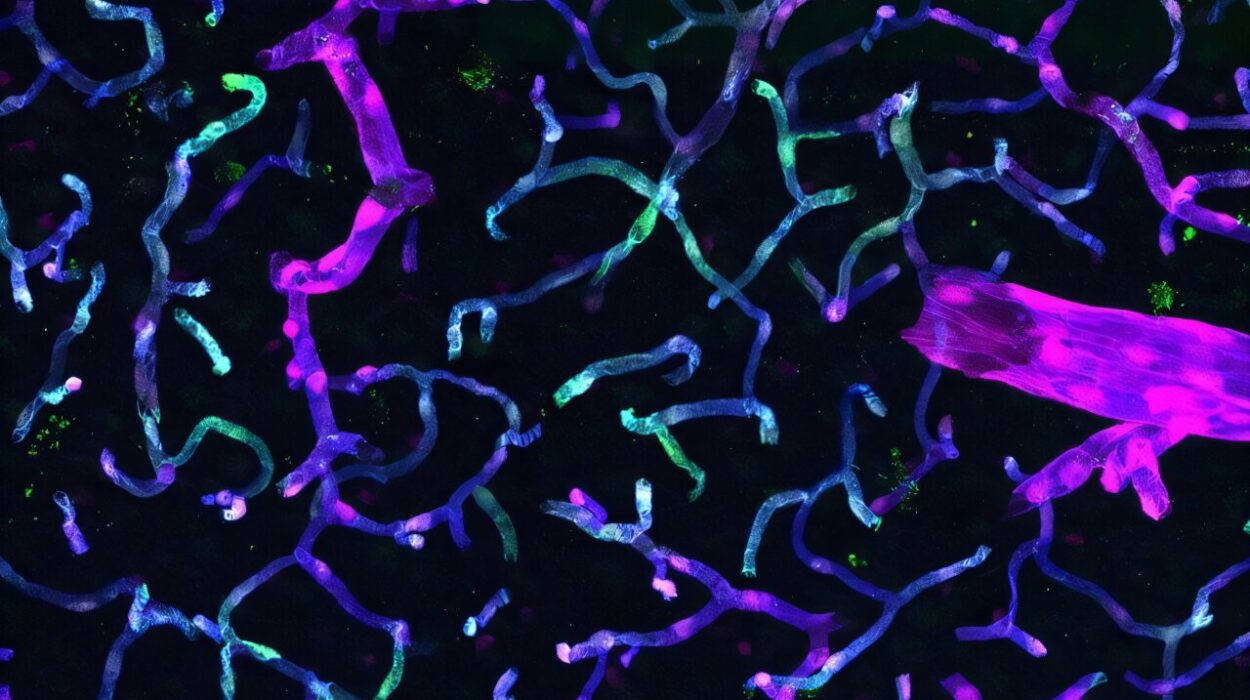In 2019, whispers of an unsettling phenomenon began to surface in New Brunswick, Canada. Reports of a rapidly progressive dementia, affecting individuals with perplexing neurological symptoms, triggered public anxiety. Media outlets picked up the story, and speculation began swirling. Was this the emergence of a new, unidentified brain disorder? A prion disease? Something environmental? The narrative was ripe for mystery.
By 2021, the fear had grown enough that Public Health New Brunswick (PHNB) introduced a provisional term: Neurological Syndrome of Unknown Cause (NSUC). This label was never meant to suggest a definitive diagnosis. Rather, it was a placeholder—a way to group together cases that presented with symptoms not explained by known diseases. It was a temporary tool to assist with surveillance, coordination, and further investigation.
But the public imagination had already been captured.
Media Firestorm and Public Speculation
The term NSUC acted like a spark in dry grass. Speculation flared. Was this a prion disease like Creutzfeldt-Jakob? Could environmental toxins in the region be triggering mass neurological degeneration? Were we facing the beginnings of another neuroepidemic?
Media reports, blog posts, and social media amplified the fear. Some claimed the syndrome had affected more than 500 people, although PHNB identified only 222 potential cases. With so little diagnostic clarity and so much media hype, conspiracy theories found fertile ground.
Despite a lack of scientific evidence for a novel cause, the narrative continued to gain traction. For many, the idea that New Brunswick could be ground zero for a mysterious, incurable brain disease was too compelling to ignore.
A New Investigation Begins
Faced with growing concern and media pressure, the scientific community mobilized. In 2024, researchers from the University of Toronto, in collaboration with Horizon Health Network, launched a thorough investigation into the NSUC phenomenon. Their objective was clear: determine whether this supposed cluster truly represented a new neurological disease—or if the answer lay within the spectrum of existing disorders.
Their findings, published in JAMA Neurology under the title “Clinical and Neuropathological Evaluations of the New Brunswick Neurological Syndrome of Unknown Cause,” delivered clarity—and surprise.
The Study: Science Takes the Stage
The team examined a total of 25 individuals previously designated under the NSUC classification. Fourteen of these patients were still living and underwent detailed clinical evaluations by neurologists who were blinded to the original diagnoses. Eleven others had died and were subjected to comprehensive postmortem neuropathological analysis.
Clinical Tools Used:
- Neurocognitive testing
- Electroencephalograms (EEGs)
- Electrophysiology
- DaTscans
- FDG-PET (18F-fludeoxyglucose–positron emission tomography)
- Immunohistochemistry for prions and neurodegenerative markers
By maintaining blinding throughout, the team ensured that preconceptions did not color their findings. This rigorous methodology aimed to peel back the layers of misinterpretation and bias that may have crept into the original reports.
What They Found: No New Disease
The results were both conclusive and enlightening. Of the 14 living patients, 10 were found to have been misdiagnosed. Conditions that had originally been labeled as rapidly progressing or unusual were revealed, upon second opinion, to be recognized and well-studied neurological or psychiatric disorders.
Diagnoses Included:
- Parkinson’s disease (3 patients)
- Progressive supranuclear palsy
- Behavioral-variant frontotemporal dementia
- Alzheimer’s disease
- Functional neurological disorder (a condition where patients exhibit neurological symptoms without a structural disease)
- Traumatic brain injury with post-concussion symptoms
- Alcohol-related cerebellar degeneration
- Narcolepsy
- Viral encephalitis (as a secondary condition)
The autopsies of the 11 deceased patients mirrored these findings. Each case showed evidence of known diseases, such as Alzheimer’s, progressive supranuclear palsy, or metastatic adenocarcinoma. Crucially, no cases showed signs of prion disease or other novel neurological pathologies.
Statistical Significance
The team ran statistical analyses to back up their findings. The likelihood that a novel neurological disease was present in the original 222-person cohort was less than 0.001—effectively zero. The 95% confidence interval put the probability between 87% and 100% that no new disease existed in the NSUC cluster.
What Went Wrong?
So, what led to the NSUC confusion in the first place?
The study pointed to several issues, including:
- Overinterpretation of test results, especially EEGs and SPECT-CT scans
- Misclassification of functional symptoms as structural neurodegenerative disorders
- Anchoring bias—once the idea of a mysterious syndrome was introduced, subsequent interpretations of clinical signs leaned toward fitting the mystery rather than questioning it
- Lack of second opinions or confirmatory evaluations
In short, the situation spiraled in part because the scientific process was short-circuited by urgency and fear. Provisional labels meant to guide investigation became misunderstood as diagnostic certainties.
The Human Cost of Diagnostic Uncertainty
Misdiagnoses can carry enormous consequences. For patients and families who believed they were facing an unexplained, incurable brain disease, the emotional toll was immense. Anxiety, stigma, and in some cases, unnecessary treatments may have compounded their suffering.
The study highlighted the need for cautious communication during public health investigations. Labels like NSUC are valuable tools for early detection, but without clear communication, they can take on a life of their own.
Lessons for the Future
The New Brunswick NSUC saga offers several important lessons for clinicians, researchers, and the public:
1. Provisional Diagnoses Require Clarity
Medical terminology evolves, especially in the early phases of emerging disease investigation. Clear language is critical to prevent misinterpretation.
2. Independent Evaluations Are Crucial
Second opinions, particularly from specialists in rare or complex disorders, can help mitigate diagnostic errors. This is especially true in neurology, where overlapping symptoms can confound accurate classification.
3. Avoid the Hype Cycle
Media reporting on medical issues must tread carefully. While public awareness is essential, sensationalism can create false narratives that linger long after the facts are revealed.
4. Science is Self-Correcting
Though initial assessments may sometimes miss the mark, robust scientific investigation eventually uncovers the truth. This is a core strength—not a weakness—of the scientific method.
Conclusion: No Mystery, Just Missteps
In the end, the New Brunswick neurological syndrome of unknown cause was not a new disease. It was a mosaic of existing disorders, complicated by diagnostic ambiguity, amplified by media hype, and misinterpreted through a lens of uncertainty.
Yet the investigation that followed is a testament to the resilience of the scientific process. By going back, re-evaluating, and demanding rigor, researchers helped clarify a medical mystery that had gripped a province—and reminded the world that not every strange symptom signals a strange new disease.
Sometimes, the unknown is simply the misunderstood.
Reference: Nathaniel Bendahan et al, Clinical and Neuropathological Evaluations of the New Brunswick Neurological Syndrome of Unknown Cause, JAMA Neurology (2025). DOI: 10.1001/jamaneurol.2025.1718






